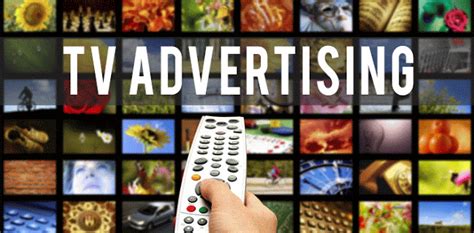Which Television Ad Presents the Most "Irresistible Offer"?

From: "Business Course I" by Gary North
Lesson 110
How good is a particular 30 to 60 second clip of video advertising? That is, what is the Return On Investment (ROI) for a broadcast television advertisement?
Four advertisements of yesteryear are compared below. The criteria for evaluation are taken from Mark Joyner's book:
The three core aspects of the Irresistible Offer follow, as reordered by Gary North:
The Touchstone offers clarity, simplicity, brevity, and immediacy. This is the bait that pulls in the target.
The ROI is that of the consumer, not the advertiser. The consumer must receive more than he pays, subjectively, or the supplier goes out of business.
Believability speaks for itself.
For greater resolution, apply Joyner's next-level criteria. Such are listed below, peppered with Gary North's commentary.
The Big Four Questions: (Joyner)
The Two Big Questions: (North)
Let's now apply these criteria to television advertisements.
Chocolates! How could you go wrong?
This advertisement showed novelty for chocolates. The catch phrase, "Melts in your mouth, not in your hands" is etched in the brains of millions. These ads entered my earliest memories. And I was never convinced. No chocolate ever melted in my hands before it made it to my mouth.
In any case, let's apply the above criteria as numbered above.
The Big Four Questions:
Two Big Questions:
The ingenious part of the ad is the offer of no mess on your hands. This is a manufactured need, and easily proven successful.
The largest deficiencies are:
In hindsight, the TRS-80 may appear like a can't-miss opportunity for a valuable, early ride on the wave of the future. But at the time, it appealed to few. It did not deliver that much value even for "techies."
The Big Four Questions:
Two Big Questions:
The touchstone could be compelling: "Put the world of color computing into your home." But it was not believable at the time.
The offer was sweetened by "There's more!" The ad also identified scarcity: "Only at Radio Shack!" - "The biggest name in little computers."
This ad was a tough sell to a broadcast market. However, in terms of Joyner's criteria it faired well.
This ad starts out trying to be cute. In general, doing so does not contribute greatly to sales. But even if it did not, Joyner would score it highly.
Let's evaluate it against the criteria.
The Big Four Questions:
Two Big Questions:
The drama in the ad works on me. I am rooting for the guy on the stairs. Yeah, "What's the deal?"
The offer is clearly identified.
Sweeteners are added, and the offer for "future proofing" with expandability is believable.
And you will save about 1000 dollars!
The ad grabs my attention immediately by a man stranded in the ocean. I'm rooting for the guy. Adventure! The beach!
In that sense, it grabbed me in three seconds.
The ad was unusual in that it had no dialogue. Let's see how it faired against the criteria.
The Big Four Questions:
Two Big Questions:
This ad has a lot going for it, viz., entertainment value.
When reviewing an ad like this one should go back to basics: what is the return that should be expected for investment of time and money? It is sales, and ultimately, profits.
The ad was clever and engaging. I rooted for the desperate guy. I cheered him as he rocked it with surly service providers. But am I going to apply for an AmEx card, and pay annual fees? No.
Fail.
The only ad that met all criteria is the Commodore ad.
An entertaining ad is not a guarantee of success. But it did not detract from the other solid marketing techniques.
The touchstone is a unique opportunity to obtain computing power at home, within reach of a middle class budget.
Unlike the M&M ad or the the American Express ad, both the return and the investment for Commodore are clearly laid out in 60 seconds. This message only needs to reach the niche that cares, and it will convert to sales.
Believability is backed up by hard numbers.
Other ads may be remembered much longer, but the Commodore ad probably had the best ROI.